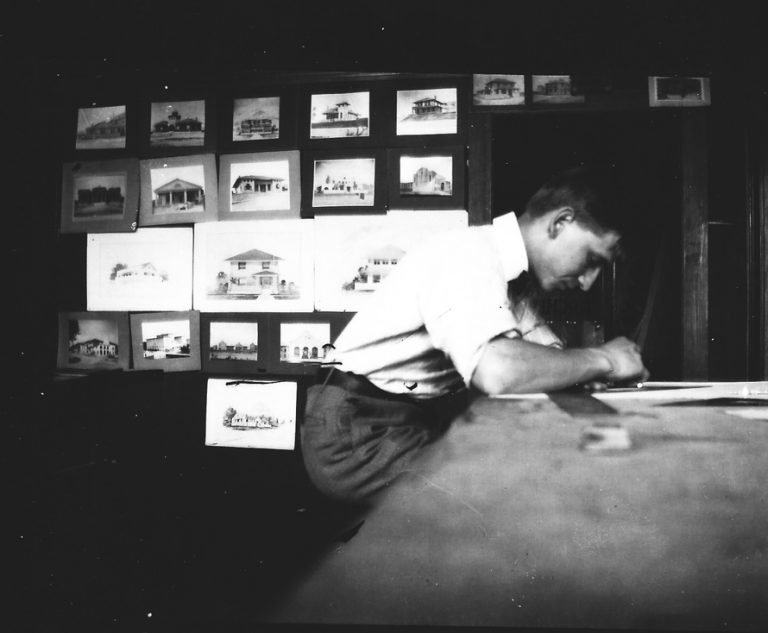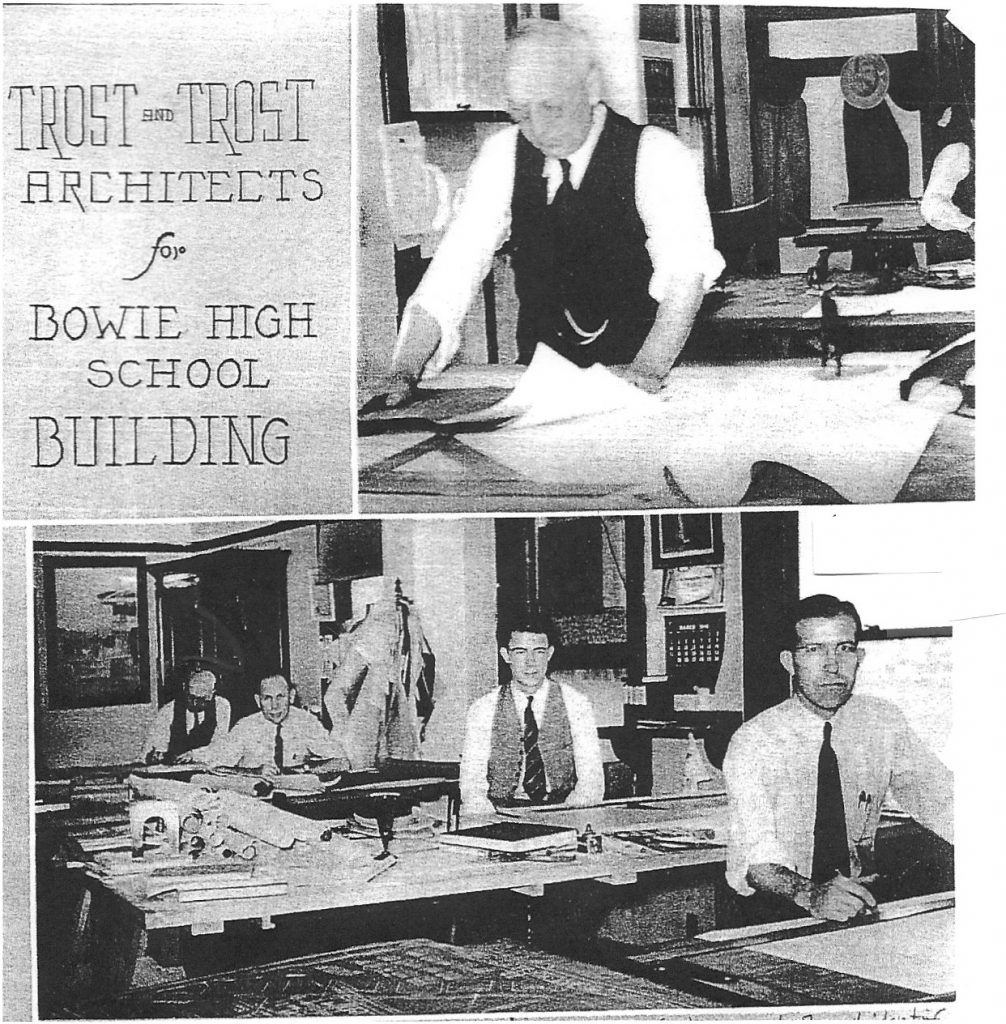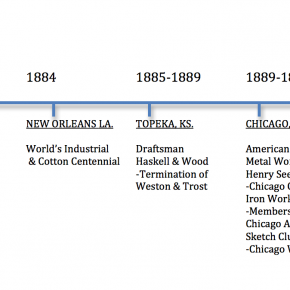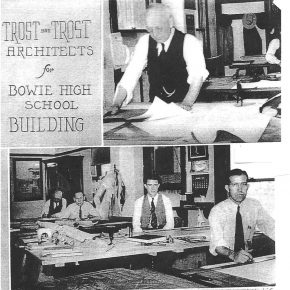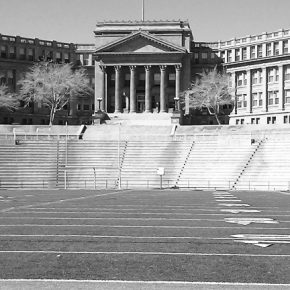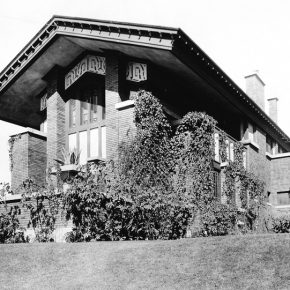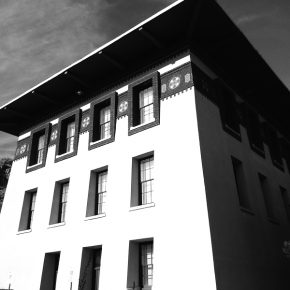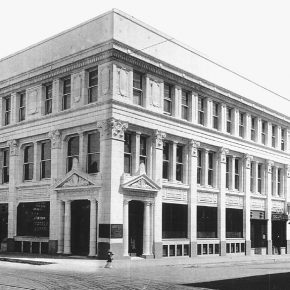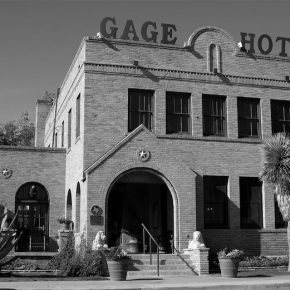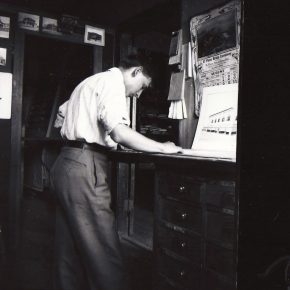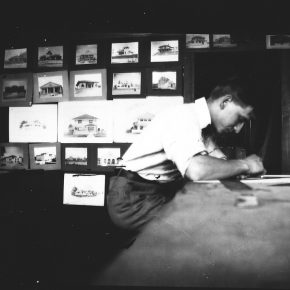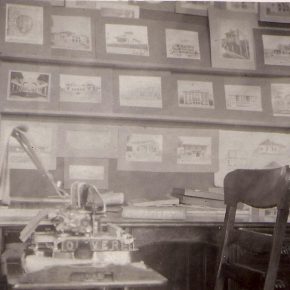Henry C. Trost never married or had any children of his own, but his life’s creations continue to be standing legacies to the “Architect of the Southwest”— a man who formed the El Paso skyline with the help of his brothers Gustavus and Adolphus. Together they formed “Trost & Trost Architects & Engineers” and from 1903 to 1946, the firm designed over 650 buildings in Texas, New Mexico, Arizona and Mexico, most of which continue to dot our landscape today.
No other place saw such permeation in Trost masterpieces than in El Paso. In our city alone, the firm built over 300 structures ranging from tiny bungalows, to massive Gothic-styled skyscrapers like the O.T. Bassett Tower. Many of the Trost buildings are registered with the National Register of Historic Places not only because of the historic people who graced their halls, but also for their innovative designs.
One of the very first Trost buildings in El Paso was the St. Josephs Academy built between 1903 and 1906. The academy was demolished in 1972 to make way for Interstate 10, but lives on today through its successor— Loretto Academy.
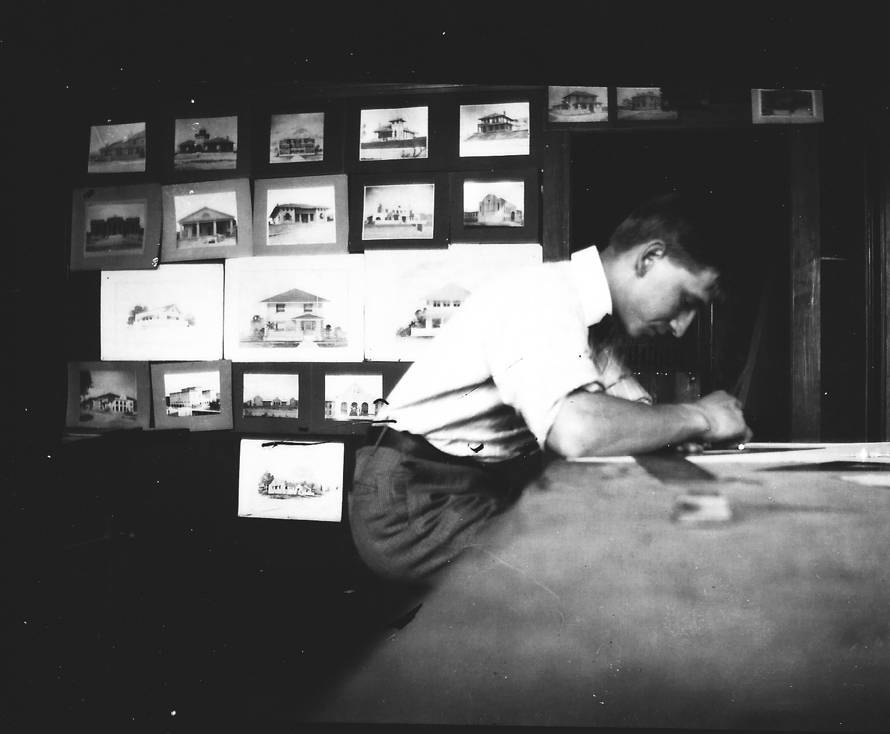
Henry’s work as the Chief Designer & Architect was as unique as it was meticulous. His signature aesthetic was an amalgamation of Art Deco, Mission & Pueblo Revival, Tuscan and Victorian. This mastery in various schools of architecture resulted in intricately complex and beautiful artistry. The resulting combination in motifs and building styles made the firm increasingly successful— no commission was too small or too large for the Trost brothers.
It’s virtually impossible to point out any of the Trost’s works as superior to one another; each creation breathed its own personality. One such example would be the Anson Mills building, whose recent remodeling was funded by tax credits from the government. The Mills Building was designed by Adolphus Trost and built in 1911 using reinforced concrete. Use of reinforced concrete in architecture was a very new concept, making Adolphus’ design considerably advanced at the time. The Mills Building then became the second concrete-framed skyscraper in the entire United States preceded only by the Ward’s Castle in New York.
Although the Mills Building is incredibly interesting in its own right, the land that it currently sits on shaped the destiny of the city we know now. Before the city was known as El Paso, it was known as Ponce’s Rancho, due to the huge thriving ranch owned by Juan Maria Ponce de Leon on the site of the current Plaza Theatre, Centre Building and Mills Building. Later, that property was sold to Benjamin Franklin Coons, who established the Franklin Settlement, one of the four settlements north of the Rio Grande. Anson Mills came to the settlements to survey the land and name the main streets in 1859. He unified the settlements and changed the name of the entire area to El Paso, since the town led into El Paso del Norte, now known as Juarez, Mexico. The rest is as they say, history.
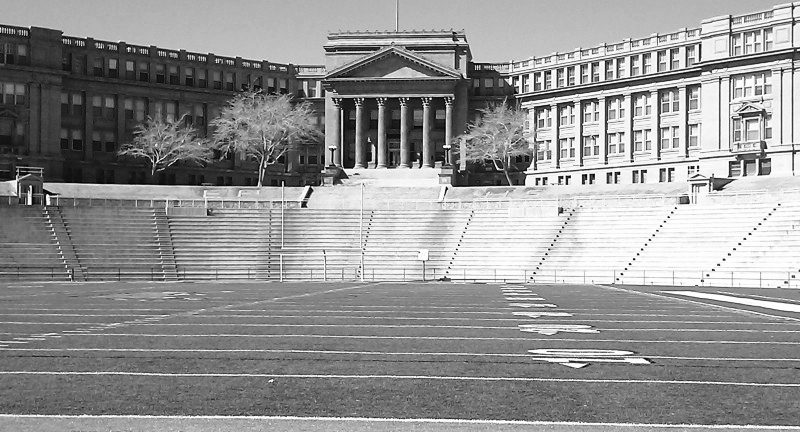
Down the street is the 16 story tall O.T. Bassett Tower (built in 1930), making it one of Trost’s last creations. This building was commissioned by Charles Bassett as a memorial for his father Oliver, a prominent El Paso businessman, founder of El Paso’s first bank and contributor to the creation of the Texas and Pacific Railways.The building itself is a massive testament to the clean lines and geometric figures of Art Deco, a style popularized in Paris, France. In addition to the artistic architecture, the main lobby’s doors are entirely made of bronze. If you walk by the building, look up at the cornices and you’ll see that Henry Trost included a sculpted version of his own face in the entry. Another very interesting aspect of the building is the ten stone eagles perched on the ledge of the 15th floor, all facing east. Not much can be found regarding the reason behind the eagles; however it is my speculation that the sculptures are steeped in Freemason lore.
Gustavus Trost himself was a 33rd degree Freemason of the Scottish Rite. East is particularly sacred to the Masons— it is the place where the Master sits and is considered the most honorable part of the Masonic Lodge. The direction is chosen as homage to the sun, a symbol used in ritual to denote knowledge and illumination. The Eagle is another symbol used in Freemasonry to represent the Rose Croix 18th Degree and the Sovereign Grand Inspector 33rd Degree.
The future is bright for the remaining structurally sound Henry Trost buildings in El Paso, as many are serving as the new genesis for the redevelopment of the downtown area. The heart of the city houses over 20 of Trost’s most popular buildings such as the Abdou Building, Hotel Cortez, the Palace Theatre, the Caples Building and more. You can find guided walking tour maps of Trost architecture on the Convention & Visitor Bureau and El Paso Downtown Art District websites.
Trost was one who let himself be known by his works, rather than his words— one who made a valid and lasting contribution to the development of this great region. His was a life of purpose and achievement, and he leaves the Southwest richer for his having lived and worked in it.
henrytrost.org
epdowntownarts.com
visitelpaso.com
PHOTOS COURTESY OF: Henry C. Trost Organization


